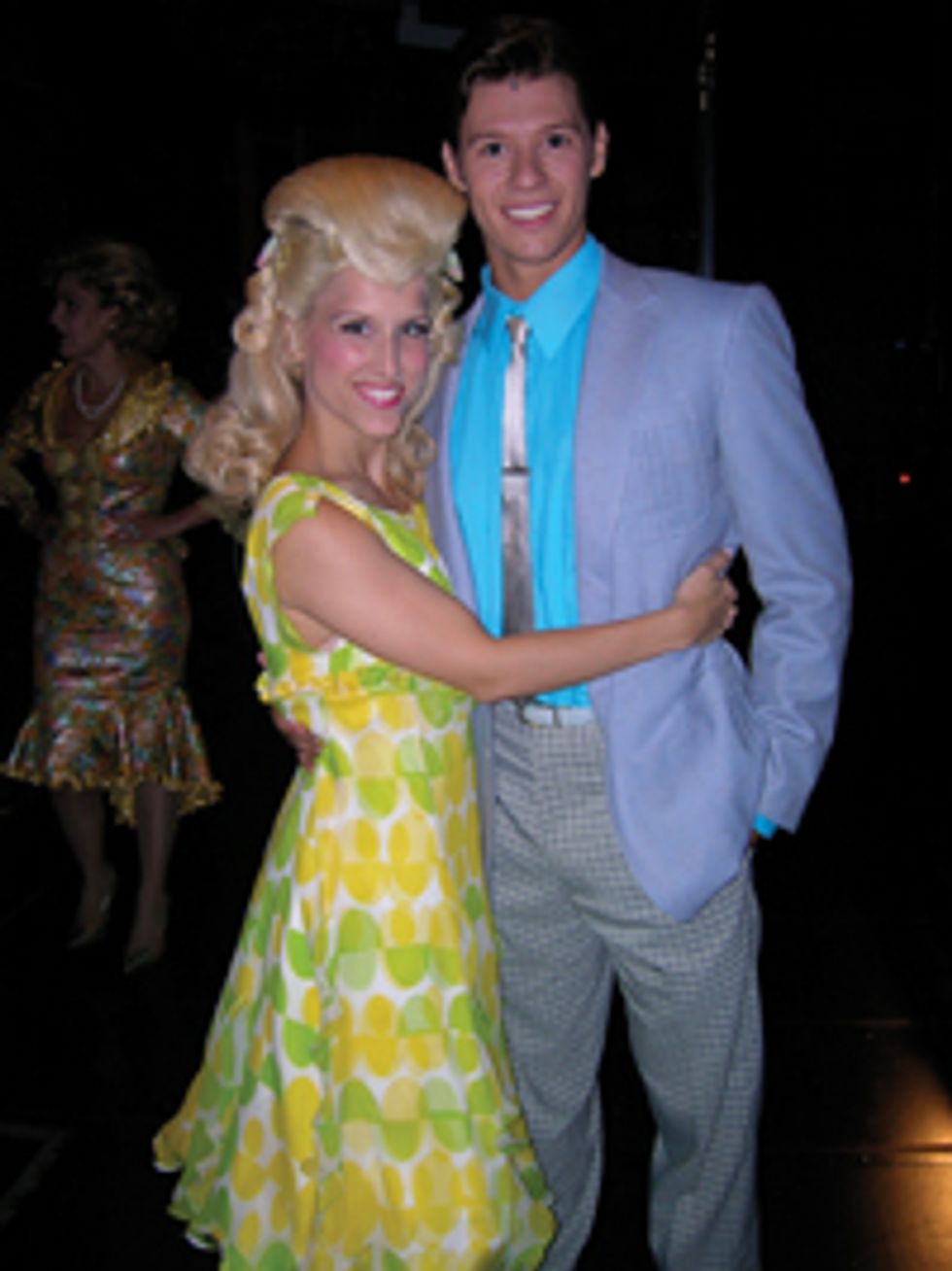Role Play

Whenever you see a musical, you probably pore over the show program to learn about the cast’s credits. While reading, you might skim over titles like “dance captain,” “swing” or “understudy” without knowing what they mean. But these roles are important parts of keeping a show afloat. To understand what’s beyond the simple titles of “ensemble” and “principal,” read on. You might be up for one of these jobs one day!
Dance Captains
Dance captains are the generals that keep a show in top shape. Along with performing nightly, they’re responsible for maintaining the choreographer’s vision, specific style and movement and must know every track (or individual blocking, including the choreography, stage directions and formations) so they can teach new cast members. While this certainly is a lot of work, being chosen as a dance captain is an honor and a compliment to a dancer’s abilities and reputation.
Broadway twins Brooke and Tiffany Engen both know the job well. As dance captain for Hairspray, Brooke performs just six blocks from where her sister Tiffany was assistant dance captain for Legally Blonde.. They explain that to keep everything straight, the dance captain creates a stage bible. “It’s full of transitions and formations from a stage view,” says Brooke. “As formations change when new people join, the dance captains make the updated version.”
And the work doesn’t stop there. “We’re pretty much working every day of the week,” says Tiffany. “When I’m not on, I’m watching the show, taking notes and giving notes to other actors if things are off or need to be cleaned up.” Some dance captains, like Tiffany, are even part of the casting process for new members.
For Wendi Bergamini, dance captain of South Pacific., another part of the job is thinking about the big picture. “For a show like South Pacific, you have to have a good sense of dance and movement, but also dramatic staging,” she says. “You need to know how things are working with blocking. You have to be in tune with the way the director works and how he worked with the choreographer on the musical staging.”
Dance captains also have to be adaptable—they’re the go-to dancer! “You might be working throughout the day and then get a call saying you’re on that night in a track you haven’t done in a couple months,” says Tiffany. “So you finish rehearsal and switch gears. But you can’t get frazzled—you have to maintain composure.”
Understudies
It’s common for performers to understudy several roles in addition to their regular responsibilities. Typically, understudies learn principal roles and fill in as needed. Brooke, who joined the cast of Hairspray after appearing with Tiffany in the movie version, has understudied two different parts in the show.
Even though it sounds stressful, according to Brooke, it’s actually fun to do something different! Though most shows have weekly understudy rehearsals, it’s still the dancer’s job to stay on top of their various tracks. “You have to be ready in a moment’s notice,” says Brooke.
Stand-Bys
A stand-by is responsible for only one part, often the lead, and doesn’t usually have another ongoing role alongside this. A stand-by is always in the theater during performances in case something happens but goes on only if the other actor cannot perform. At Hairspray, for instance, there is one stand-by for the character of Tracy Turnblad.
Swings
Swings cover ensemble tracks—sometimes as many as eight different parts. To remember each path, a swing makes a track sheet or map of where to go onstage. “Each swing does it a different way,” says Tiffany. “Some use a printout of the stage. Others have index cards.”
To do this, picking up movement easily is essential. “You have to soak up information at a rapid pace,” says Tiffany. “Good swings can watch a particular track and know it after one viewing. Your brain gets in that zone of putting pieces of the puzzle together.”




